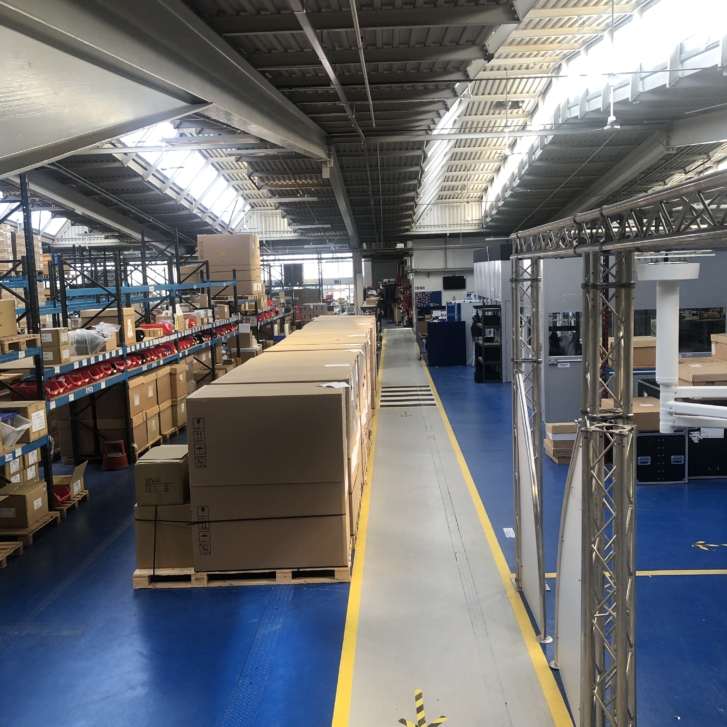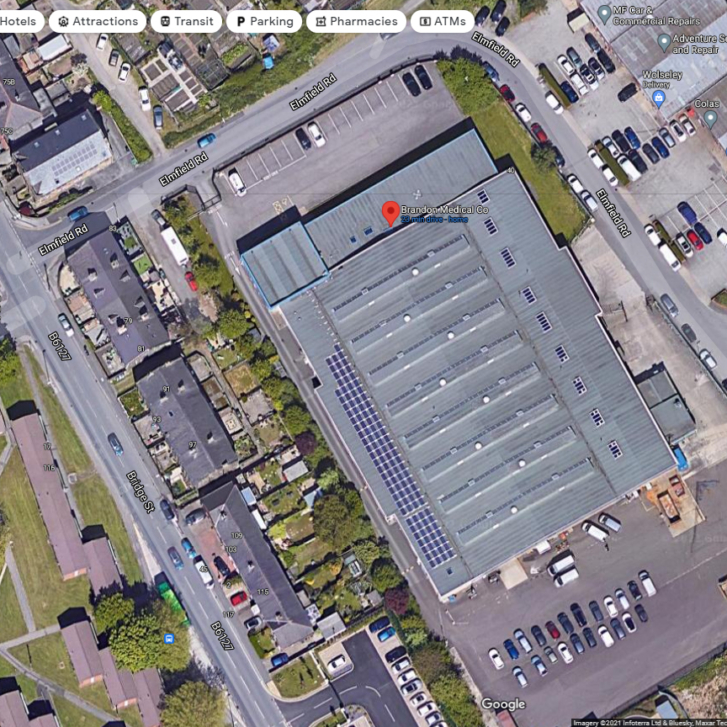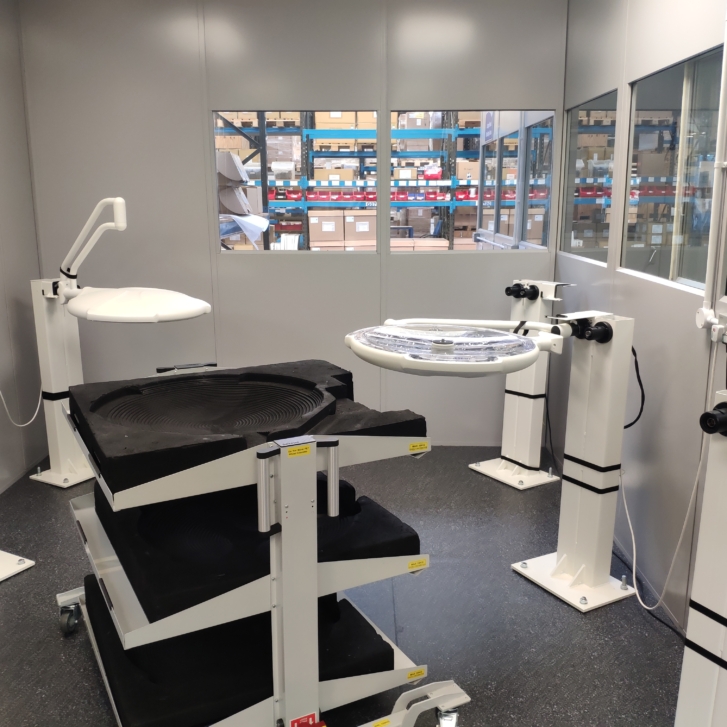Brandon Medical's Sustainability Journey Over a Decade: Sharing Our Know-How on Net Zero


At Brandon Medical, we’ve been responsible for sustainability for over ten years. Brandon Medical’s initiatives are practical, small evolutionary changes to the business, but they set a direction over time, and their impact builds. These initiatives include moving to natural and recyclable packing, recycling and reusing all incoming packaging, recycling marks on plastic parts, and introducing carbon monitoring. We have upgraded the building to modern eco standards and installed a building energy management system, along with reroofing of 4698 sqm of premises with 30cm insulation; we utilise comfort cooling and natural ventilation, as well as natural light harvesting, we fit high-efficiency boilers and installed a 30Kw Solar electricity plant. We have adopted hybrid and electric vehicles and implemented a SMART cell automated manufacturing process – to reduce faults and waste of metals. This has led us to become recognised experts in both net-zero initiatives and green practices.
We’re proud to be the only company in our sector that has joined the “Pledge for Net Zero,” we’re also active members of Betterworld, a group in our industry that supports each other.
During our journey, Brandon Medical realised that many more organisations are talking about Net Zero than making changes to reduce emissions. We decided that we wanted to make fundamental changes that have a direct impact and that we can measure ourselves. We have broken down this complex subject into digestible steps, and this article aims to explain them in simple terms that any SME organisation can follow.
It’s important to understand that “Net-Zero” and “Sustainability” are connected but different. Net-zero is about cutting down CO2 and other greenhouse gases, while sustainability covers more aspects of the environment than just emissions.
Brandon Medical has a comprehensive sustainability plan, but this article is focused on Net Zero.
So, where should one start? As this is a critical topic, many solutions are communicated and publicised, making it difficult to see a clear way forward through multiple choices.
The first step on a Net Zero journey is to ask yourself your motivations. If your organisation wants Net Zero credentials, you can easily switch to green energy suppliers and/or buy carbon offsets. However, this will not move the needle; it will just help preserve the current levels, preventing an increase in carbon footprint. There is also the strategy of not doing anything and waiting for the UK energy system to decarbonise, which is potentially feasible but will be slower than active organisations to reach Net Zero.

If you believe, as Brandon Medical does, that climate change is a very serious issue that we all need to work to avert, you can make real carbon emission reductions yourselves and be a proactive part of the process. There is also a financial argument for this approach, as many of the actions to reduce emissions save money, too.
In either case, you need to start by understanding the different types of CO2 emissions and start measuring them. The first steps are quite simple and involve measuring how much energy you use directly within your business from your gas, electricity, and vehicle fuels (petrol and diesel).
If you use other greenhouse gases like refrigerants, you need to measure these too. Conversion tables are available to convert the units you consume into CO2 equivalent emissions. These are called your “scope 1” and “scope 2” emissions, the ones you can control most.
The following measurements are a little more complicated as they involve measuring the in-direct emissions your business causes outside your business, some of which are quite difficult to measure. These are your “scope 3” emissions. Indirect emissions are broken down into 15 sub-types, not all of which will apply to your business. The NHS require reporting of just 5 of the easier-to-measure sub-types as part of Carbon Reduction Plans: upstream transport, downstream transport, business travel, staff commuting and emissions from waste generated in your business. These take more effort to measure but are quite feasible for most companies.
Once you know your emissions and where they come from, you can start planning what to do. In most cases, the first place to start is your scope 1 and 2 emissions, which you have more control over. Most businesses will be able to reduce the amount of direct energy they use, which is a genuine, real-world reduction in carbon emissions. The simplest changes have negligible cost, and many of the investments identified will be self-funding through the savings they generate. Once you’ve reduced the energy you are wasting, the next step is to consider on-site green energy generation. Solar PV has an attractive payback and can significantly impact emissions.
It’s more challenging but possible for most companies to impact scope 3 emissions. The five sub-categories in the NHS Carbon Reduction Plan mainly concern transport and waste. Most organisations can make incremental improvements by encouraging greener travel and selecting greener delivery systems. It is surprising how easily most organisations find they can reduce their waste when they try, usually resulting in reduced costs in the process.

Brandon Medical has steadily reduced our waste and emissions year-on-year using these techniques.
Nearly all our improvements have been either profitable or self-funding so far. Reducing carbon is a journey we will all be on for 25 years. Start by doing the easy things first, and don’t be concerned about what you have yet to learn. It makes financial and ethical sense to chip away at your emissions. The first steps are generally profitable investments, and as the payback on environmental investments improves, and your experience grows, new options become apparent.
When you’ve exhausted the emission mitigations you can make, it is time to consider switching to green energy supplies. Most major electricity suppliers offer a green energy tariff, and there are some suppliers of “green” gas, although they do this by claiming offsets.
Buying carbon offsets is a realistic way to offset remaining carbon if you claim Net Zero early, but it should be a last resort. The more reductions you can make before buying offsets, the cheaper it will be; however, the main issue is the provenance of the carbon credits themselves and whether they have any real impact on carbon reduction.
All businesses are going to have to take steps to reduce their CO2. The important thing is to make a start. Measure, understand, and make the easy and profitable improvements; the rest you can learn as you move along the path to Net Zero.
Recent articles

Webinar A Practical Guide to Surgical Lighting
Join Brandon Medical’s Richard McAuley to learn the key science behind surgical lighting and what really matters when choosing the right system.

Evolution of operating tables: advancing surgical precision
Operating tables have evolved from static platforms into intelligent systems that enhance surgical precision, patient safety, and workflow efficiency. This article explores emerging innovations - from robotic integration to AI positioning - and how they’re reshaping the surgical environment.

The Wall of Knowledge: Transforming Operating Rooms with Brandon Medical’s Integrated Technology
Brandon Medical’s Wall of Knowledge combines Medicontrol™, Symposia®, Entoli™, and PACS/CoPAX to deliver a fully connected, intelligent operating room that enhances surgical decision-making and patient care.
